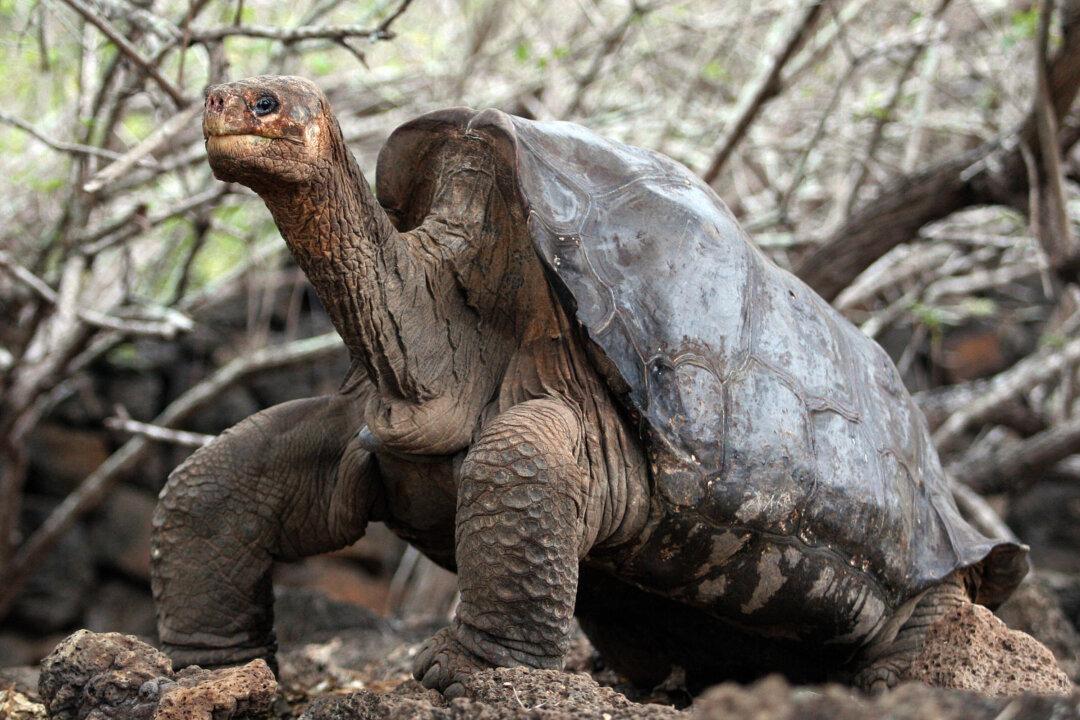A species of tortoise that was long believed to be extinct was discovered on the Galapagos Islands, according to a report.
The Giant Tortoise Restoration Initiative (GTRI) discovered a female Chelonoidis phantasticus, also known as the Fernandina Giant Tortoise, on the island of Fernandina, said Ecuador’s Ministry of the Environment.





